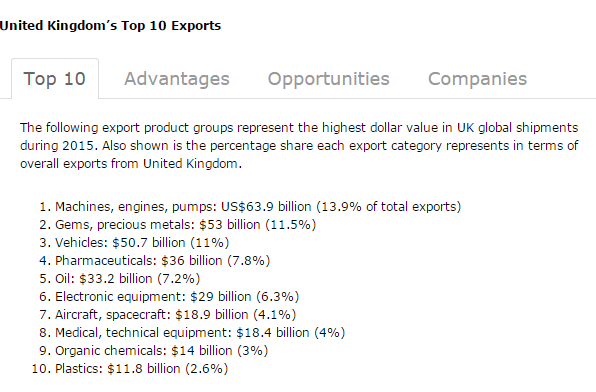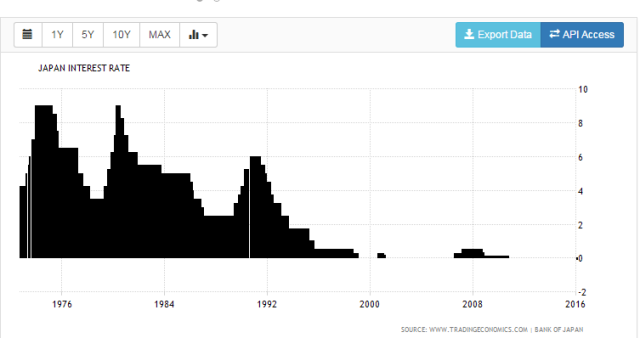
Should the above not be vague enough for you I could always try to muddy the waters a little more and ask a few questions:
What is the best result when it comes to best execution?
Which client are you specifically referring to ?
MIFID has caused untold amount of headaches. I’m not here to re-hash them as I have probably already lost about half the people who clicked on this link.
Best execution could dimly be seen as a way for European regulators to clamp down on what they thought were cosy deals between broker and client where commissions, CSA payments, research budgets and benefits flowed between counterpart’s like fine wine at a bunga bunga party.
Admittedly there was largesse in the industry and some less than value added business practises. However from where I sat I wintessed MIFID bringing a great opportunity for the talented people that I worked day-to-day with to actually prove their worth. Both human and electronic (hi touch & low touch) trading standards have grown exponentially now that those teams responsible at the large brokers have the mandate to go and prove their worth. Rather than passively receiving flows from clients based on relationships or CSA agreements or what was known as “soft dollars.”
Soft dollars was an easy way to pay brokers for their overall contribution to you as a client. It was a recognition that its actually quite hard to value research provided on the universe of names that you are interested in. However to be critical it did not encourage the pursuit of excellence in a given area of broking.
What regulation has given with one hand it has also taken away with the other. Trading and execution standards have drastically increased with a laser like focus on costs, impact, trading styles and pre and post trade techniques that would make traders of old blush at their previous laissez fare style. PB financing agreements definitely seem more competitive but that is obviously hard to say on average across the industry due to the vastly different needs of all clients but from where I was sitting it seemed fair to me.
What has suffered is the research coverage. While it has always been a concern we are starting to hear more and more complaints from fundamental style investment firms where small cap names in particular are not receiving coverage from the large banks and therefore not only will they suffer and find it harder to grow but also the investments and liquidity in these names are declining. This too shall pass though as the finance industry has a way of adapting and providing value where value is sought. I envision an industry made up of small research providers similar to the law industry or medical practitioners, platforms like RSRCHXchange will continue to be a big winner here I feel.
I wont even talk about the regulatory cost pressure as that is well documented.
The main point here is what is best ex? As the title of this post was a salacious attempt to catch eyeballs – It seems appropriate to defer to the famous Judge Potter Stewart quote here ” Il know it when i see it.”
The two questions I asked at the start of this post is the best place to start. As I posed in a previous post https://everydayeconomicsblog.wordpress.com/2019/01/17/the-art-of-execution/ The Art of Execution best ex is a very personal matter.
Dividing best ex into two separate problem areas -External and Internal costs, we can attack the problem from two angles.
External costs:
Best ex from an external costs perspective is all about aligning your trading with brokers that can serve as the best medium for what you are trying to achieve. Negotiating lower trading commissions is not just a process of demanding a certain rate but rather working with your broker pro-actively and trying to look forward and quantify what level of business you are “likely” to produce this year based on informed estimates from previous years. As always data… data…and more data is key here. Put it down on paper and treat it like a business pitch, the more information you know about the characteristics of your own business and how its likely to evolve in the future is gold dust to a broker who can then make a decision about what levels they can profitably facilitate your business. Brokers are not a charity and have the same business pressures you and I have, as I have said before work with them and they will happily work with you.
PB and financing arrangements if you are employing leverage to your strategies are also a significant form of external cost. Again this is going to be driven by your behaviour, understand what you have done in the past and are likely to do in the future and then provide the information and you will receive much more dialogue and assistance in driving down these costs. but the information is key as the brokers needs to know what they are working with- remember you are renting their balance sheet in an industry where having a safe balance sheet is key to their regulators.
Internal costs:
This is where the bulk of the work must be done. Like I said brokers are the medium to which you achieve your business goals. Therefore the more you focus on Internal costs the better. Focusing on internal costs does not mean reducing headcount or slashing back on the coffee machine. What it means is thoroughly understanding the strategies you are employing and what is the best result in terms of execution to your company and strategies.
The investment management, hedge fund or trading landscape is both diverse and narrow in its approach. What works for one company is very unlikely to work exactly the same for another. There is no one size fits all approach to take. How can you employ the same execution styles for a HFT firm as you do for an institutional long only equity manager. While they are both trying to increase returns and make money on their investments their approach to doing things requires two drastically different styles of execution.
Determining what best ex is for your style is key to overall success and should look entirely different to how your neighbour views best ex.
Time for a basic example here:
Firm A is a institutional deep value money manager and wants to buy a large block of stock in a tech company which got severely de-rated in Q4 2018. They view this as an attractive entry point in a name that got away from them the previous year and they have been working on for some time. They are likely to hold this name for at least five years and under the best scenario will never have to sell it.
Firm B a multi-asset manager in the hedge fund space employs a catalyst driven manager who views the same company in a positive light and thinks the market has overdone this name to the downside and is looking for a +10% re-rating in the name after what she feels should be better than expected earnings. She is not in the name for a long time but rather a good time so to speak and is looking to apply her timing, trading and position sizing skills to best effect.
How do you buy stock for both of these managers to achieve best ex ? ? What even is best Ex to both of these managers and importantly their underlying client base??
Lets start by looking at some of the underlying motivations of each manager:
Firm A:
- Eager to deploy cash in a name they like after sitting on cash reserves waiting for a pullback ( So time is an issue to some extent)
- Looking to make a large investment in the name – likely many times the Average daily volume (ADV).
- Unlikely to be employing leverage and therefore financing costs are not that much of an issue.
- Looking to achieve a total return in the name over many years far in excess of what is likely to be the daily movements in the name over the short run.
- Aware that merely sitting on the order book trying to buy the stock in that size will trigger off “reactions” in the market and likely to spoil their own agenda.
Firm B:
- Eager to buy the name but has concerns over the current trend as feel might be counter trending a name.
- Looking to add to a book of levered trades – investment is likely to be a fraction of Firm A- but on a levered basis will have an immediate impact on PNL should there be a decent move (in either direction)
- Looking to make an absolute return over a short space of time of circa 10%.
- Size of the order is not as much of a concern as she has specifically chosen this name as the ADV can comfortably accommodate her usual trading “clip size”
- Likely to be out of this name directly after earnings and onto the next one.
- Does not want to pay hi-touch rates as the duration and risk of the trade could mean losing up to 40bps of the already expected tight return and if goes wrong compound the error more.
Lets just remember that both of the above have underlying clients again all with a different level of expectations. So again I pose the question how do you approach both trades in the same way to achieve best ex?
Only through a deep understanding of the nature of your strategies and what the “proclivities” of your flow tends to look like can you then sit down and determine what best ex means to the success of your overall firm. The challenge here is most trading desks have been downsized for various reasons and a one size fits all approach has dominated under the assumption of costs management rather than focusing on what I define as internal costs.
Efficient trade execution is a process of give and take. You cannot eliminate trading costs. Well thats not true…you can …dont trade. But no matter what your average duration of a trade looks like whether its miliseconds or forever, you have to come to market sometime. In my mind best ex comes from designing a trading strategy that takes some costs in one area in order to minimise the costs in the other but all in an attempt to get the best out of the actual strategy and therefore help boost returns. That is the ultimate goal of the company and more importantly the underlying investors, which ultimately is the raison d’etre of MIFID.
Doing so in a one size fits all approach can certainly reduce noise and seem efficient as algos buzz away and “process” a large magnitude of flow and may appear like best ex. But digging deeper and taking both a quantitative and qualitative assessment of your flow can lead to actual best ex that is personal to the unique goals of your strategies and overall company. Everyone is always looking for an edge, I am a big fan of Sir Dave Brailsford management style of seeking an edge in the marginal gains. Improving each of your processes to achieve even a 1% improvement leads to overall success.
MIFID has undoubtedly been a pain, but mostly a necessary one, I think the response so far from both the broker and buy side community has been strong in terms of redesigning the trading architecture and processes. In my mind stage one is complete and rather than standing on the air carrier and declaring “mission accomplished” now its time to really push forward an drill into execution strategies to improve each one individually. The tools, platform and skills are there lets make sure we use them appropriately.























